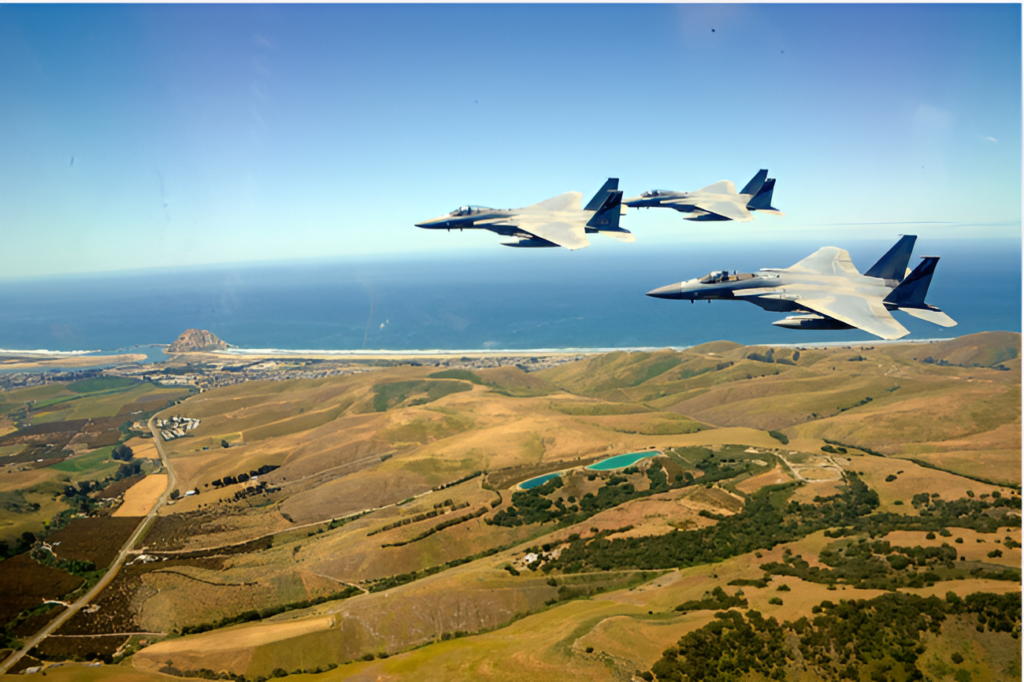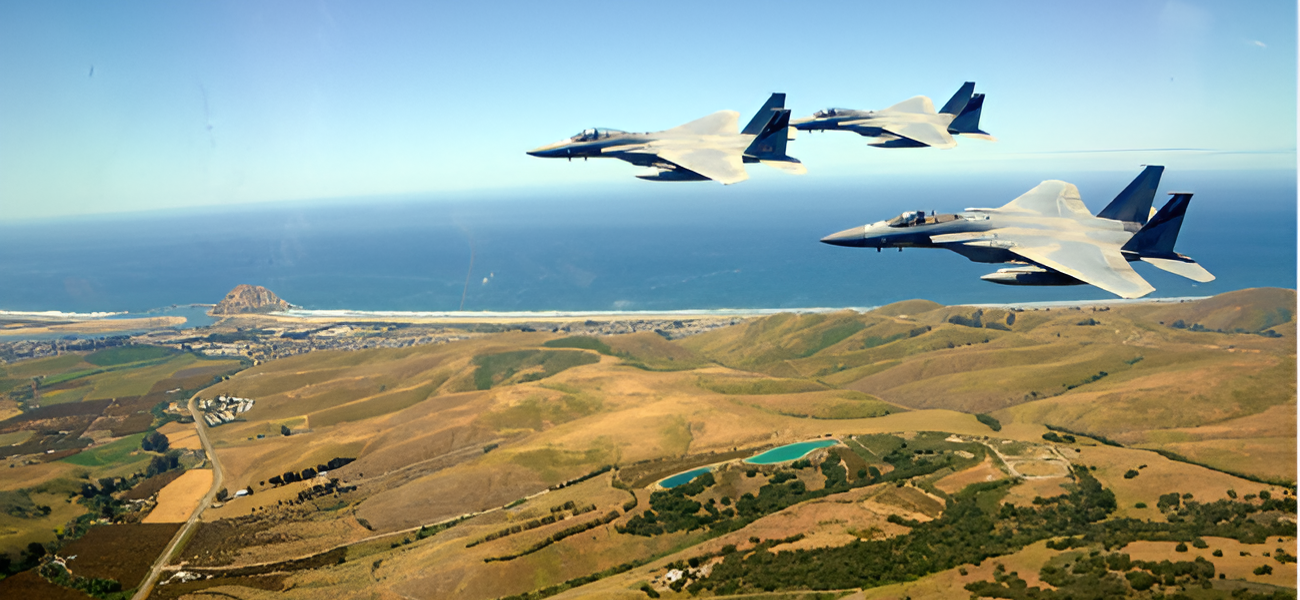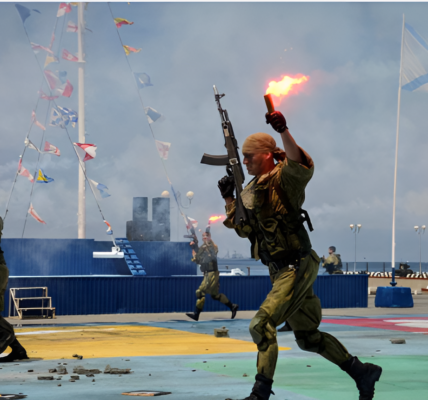
For decades, Western military strategy has treated air superiority as a cornerstone of victory. However, the quest for dominance in the skies is becoming less feasible and more expensive—especially when facing a near-peer adversary. Instead, militaries should embrace a more nuanced approach, prioritizing capabilities that allow air forces to operate effectively in contested environments.
As Finnish air defense officers with extensive experience managing a 1,300-kilometer border with Russia, we believe it’s time to move beyond the assumption that total air superiority is achievable. Instead, allied air forces should focus on creating “windows of dominance” in time and space to support joint operations. This perspective aligns with the evolving thinking of airpower experts, including Gen. David W. Allvin, chief of staff of the U.S. Air Force. On the War on the Rocks podcast, Allvin remarked, “We need to understand that it can no longer be ubiquitous air supremacy for days and weeks on end. It has to be synchronized for the time and space and region of our choosing.”
Drawing insights from the ongoing Russo-Ukrainian war and NATO’s own operational challenges, we argue that adapting to this reality is crucial for modern air warfare.
Lessons from Ukraine: The New Normal
The Russo-Ukrainian war has highlighted the evolving challenges of air combat. While air superiority would undoubtedly benefit either side, the conflict has demonstrated that achieving it is no longer a straightforward goal. Both Ukraine and Russia have suffered heavy losses due to the lethality of modern ground-based air defenses, a fact that underscores the complexities of air warfare today.
Despite inflicting significant early damage on Ukraine’s fixed air defenses, Russia failed to achieve sustained air superiority. Mobile air defense systems, which are harder to target and destroy, continued to operate effectively. This demonstrates a critical point: the modern battlefield is likely to remain contested, and integrated air defense systems are increasingly resilient.
Suppressing enemy air defenses has become more challenging as well. While the U.S. Air Force has the tools and skills to engage these systems, it lacks extensive experience against sophisticated, mobile, and integrated defenses like those employed by Russia. The Gulf War, often cited as a benchmark for airpower success, offers little relevance to the current landscape. Iraqi air defenses lacked the range, mobility, and integration of today’s systems, making comparisons misleading.
Rethinking Air Superiority
Given the realities of modern air combat, pursuing traditional air superiority may no longer be the most effective use of resources. Instead, allied air forces should adopt a strategy focused on enabling joint operations in contested airspaces. This approach involves creating temporary “windows of dominance,” as articulated by retired Lt. Gen. David A. Deptula and Christopher J. Bowie.
The rationale is threefold:
- The Contested Airspace Reality: Achieving total dominance over peer adversaries is increasingly unlikely. Modern air defenses are mobile, integrated, and highly lethal, creating an environment where neither side can fully control the skies.
- Alternative Solutions: Advances in ground-based fires, drones, and space-based assets provide new ways to achieve objectives traditionally associated with airpower, such as situational awareness and long-range strikes.
- Operational Priorities: NATO’s operational philosophy, rooted in the maneuverist approach, emphasizes exploiting adversary weaknesses rather than confronting their strengths head-on. Engaging robust air defense networks may contradict this philosophy, leading to attritional warfare instead of maneuver-focused strategies.
Adapting for the Future
To prepare for future conflicts, NATO and allied air forces must balance investments in air capabilities with other critical needs. For instance, Europe’s lack of deep strike capabilities and other military deficits require urgent attention. Allocating resources to develop airpower that supports the broader joint force—rather than seeking complete air superiority—offers better returns in contested environments.
This approach does not render air forces obsolete. On the contrary, it ensures they remain relevant by focusing on their ability to operate in challenging conditions. The goal is to adapt airpower to meet the demands of modern warfare, where flexibility and integration are more important than dominance.
Conclusion: A New Era for Air Warfare
As the alliance continues to expand and modernize, it must rethink its approach to airpower. The experiences in Ukraine and advancements in adversary capabilities suggest that contested airspace is the new normal. Pursuing air superiority at all costs risks neglecting more practical and effective solutions.
By embracing a strategy that prioritizes flexibility, innovation, and joint force integration, NATO and its allies can ensure their air forces remain a vital component of military operations—capable of succeeding even in the most challenging environments. It’s time to replace the walls of air superiority with windows of opportunity.





